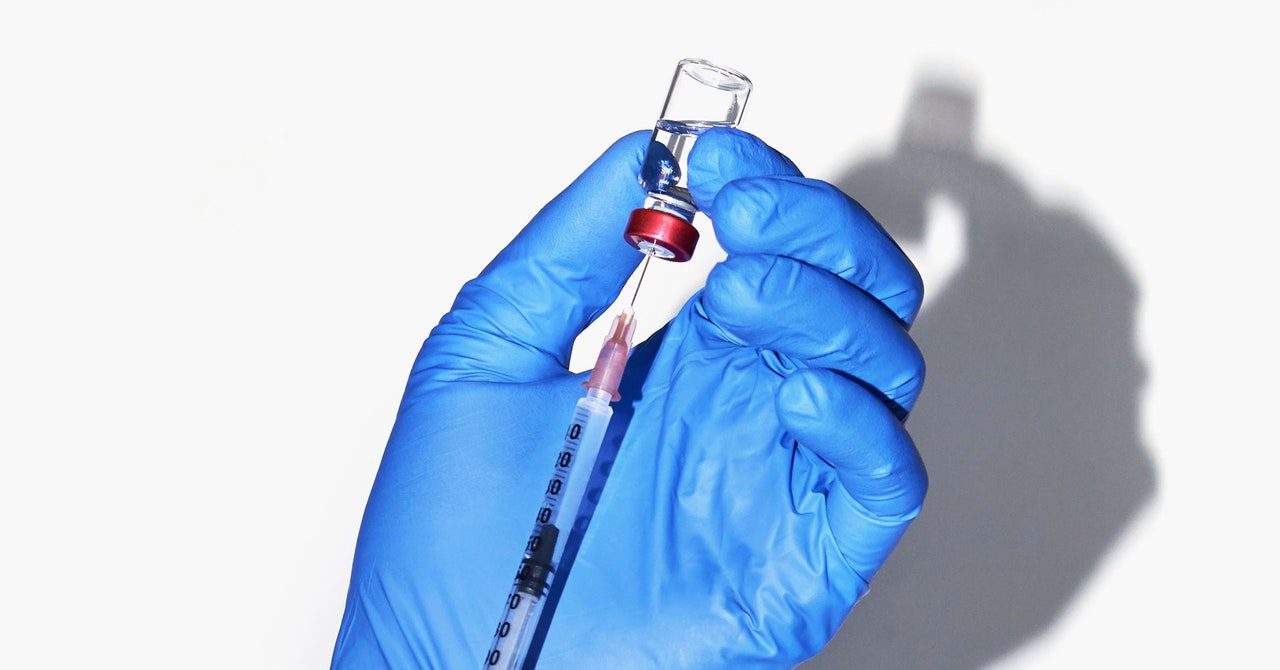More than 140 possibilities for making a vaccine against Covid-19 are being studied around the world. The vast majority of them are still just concepts in a lab, but more than a dozen have been injected into humans, mostly in small-scale trials to make sure each formula is safe to receive. Three are headed toward large human trials this summer, and a surprise announcement on Monday revealed that China is allowing military use of one vaccine being developed there.
That pace, faster than any vaccine has ever been produced, is intended to satisfy the US federal government’s goal of delivering a safe and potent vaccine by January. But as developers race toward broad testing, they are about to crash into a complication: the patchwork nature of the pandemic across the United States.
In order to know whether a vaccine works as intended, you have to pick your test site with care: There has to be enough virus circulating there to create a reasonable chance that vaccinated trial participants will be exposed to it. But even though the United States’ case count keeps heading upward, with 2.68 million cases as of Tuesday, the pandemic isn’t uniformly distributed across the country.
What this means: During a trial, vaccine makers always face the possibility of finding out their formulas don’t work. But because of the pressure to achieve a vaccine as fast as possible, they now also run the risk of testing in a place that can’t give them a clear answer. If their chosen test site happens to be where incidence of Covid-19 is low, because the infection curve has been flattened or the virus has barely arrived, the trial may not give them the data they need, and they’ll have to pivot to new sites and risk additional delays.
Trial plans are competitive intelligence, and companies making Covid-19 vaccines aren’t discussing them. But vaccine experts not involved in the trials say the puzzle of accurately siting trials is a known risk. That is true for any vaccine research, but it’s especially important during the coronavirus pandemic because its spread across the country has not been uniform. (For an example, compare the case counts in Arizona and Florida with Montana and Maine.) Making this more challenging still: Aggressive but uneven efforts to suppress cases and deaths—an effort that’s good for public health, but not necessarily ideal for testing vaccines—have only increased its geographic patchiness.
“An important issue with vaccine clinical trials is that you’ve got to go to a place where there’s a high probability of infection—but with the pandemic ebbing and flowing, that can be a bit difficult to figure out,” says Alex John London, a professor and director of the Center for Ethics and Policy at Carnegie Mellon University. “For instance, in the United States, New York would have been a prime target a couple of months ago, but probably less so now, whereas Florida and Arizona might be better.”
But recalibrating to adjust to the ebb and flow of a novel virus requires a nimbleness that can be hard for pharmaceutical companies to achieve. It attests to the reality that everything being attempted to counter Covid-19 is happening faster than normal. (The multi-agency federal program that aims to deliver 300 million doses of an eventual vaccine by January even is called Operation Warp Speed.) Simply getting this far this fast is unusual: In the past, vaccines have taken years, sometimes decades, to go from first concept to delivery into arms (or noses, in the case of some flu vaccines).
A word about how clinical trials work. Candidate vaccines and potential drugs spend years progressing through lab studies, then animal studies, and then tests in humans. The current trials are able to move so fast because the National Institutes of Health is permitting vaccine-makers to skip or delay animal testing. Instead, vaccine-makers are taking their formulas straight into human testing, in three steps called phases.
Phase 1, usually done in fewer than a hundred volunteers, tests for the vaccine candidate’s safety and also tries to determine the right dose. Phase 2 expands the pool to several hundred people, continues to look for safety issues and side effects, and starts to examine whether the vaccine evokes an immune response. Phase 3 uses thousands of people—for the current vaccine trials, an estimated 2

